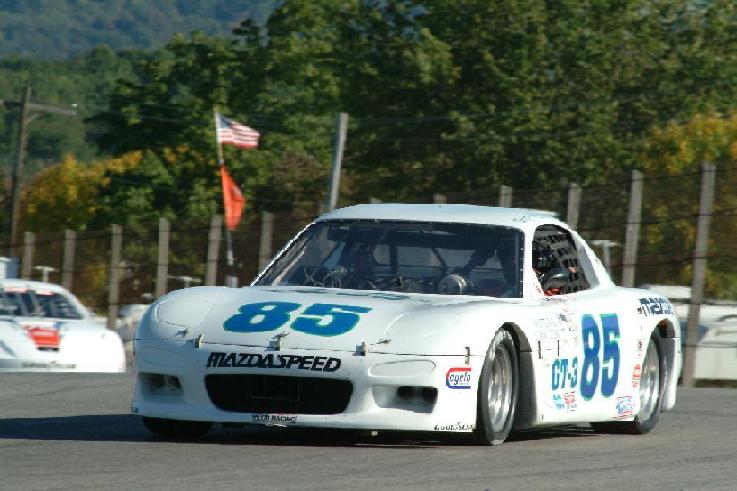|
|
In a message dated 4/4/2005 4:59:38 PM Central Daylight Time,
eanderson@carolina.rr.com writes:
<< Engine is strong and has run well for over 150 hours, so must have not
hurt it too much. Needless to say I had a prop on it and had to constantly
watch the coolant/oil temps particularly toward the higher power portions of the
run.
Lynn would have the definitive answer on that.
>>
Or, maybe not!
I have been racing on the same two sets of carbon apex seals for 7 years. The
rotor housings show no wear at all, nor do the apex seals. I run the fresh
engine for an hour or so at idle, (2,200 RPM) then at the track a lap about 1:30
not over 9,000 RPM, then a lap at not over 9,200 RPM and so on to 9,600 RPM,
(the rev limiter chip). The one piece carbons are very easy on the chrome, and
use a single light spring. I use 10 Ozs of redline 2 cycle oil in 5 gallons
of 93 octane for the first tankful then down to 8 Ozs per 5 Gallons after that.
The iron 2 piece seals put a big load on the apex seal ends due to the angle
cut of the corner piece. Apex seal lubrication is critical to long life. In
aircraft use there is little to worry about as far as break in is concerned.
Just coolant temp control and EGTs for the first few hours. No WOT from low revs,
and if there is no prop mounted,
unlike a piston engine, there is little mass involved in the base engine.
You can go from idle to the rev limiter in way under one-second. And you
don't have a rev limiter. You cannot see that on a tach.
Once at Road Atlanta my driver tried for the 5th to 4th downshift coming down
the hill and got 2nd gear. A nearby dog passed out.
The Smiths cable drive tach had 10,000 RPM in the 2:00 O'clock position. The
red tattle tale needle was tight against the zero stop pin at the 6:00 O'clock
position.
The corner seals got stuck and the engine was rebuilt in the dirt (red clay).
It ran the race just fine.
Use the ground time leak checks and system drills. Video everything. Check
the brakes and taxi around showing off the plane. If the crew chief is not in
the cockpit to manage the brakes, tie the plane to a fixed object.
If you don't follow the engine builders instructions, who do you call when
things go wrong?
Note driver induced oversteer in a light understeer car. We are both getting
old.
Lynn E. Hanover

Oversteerweb.JPG
|
|